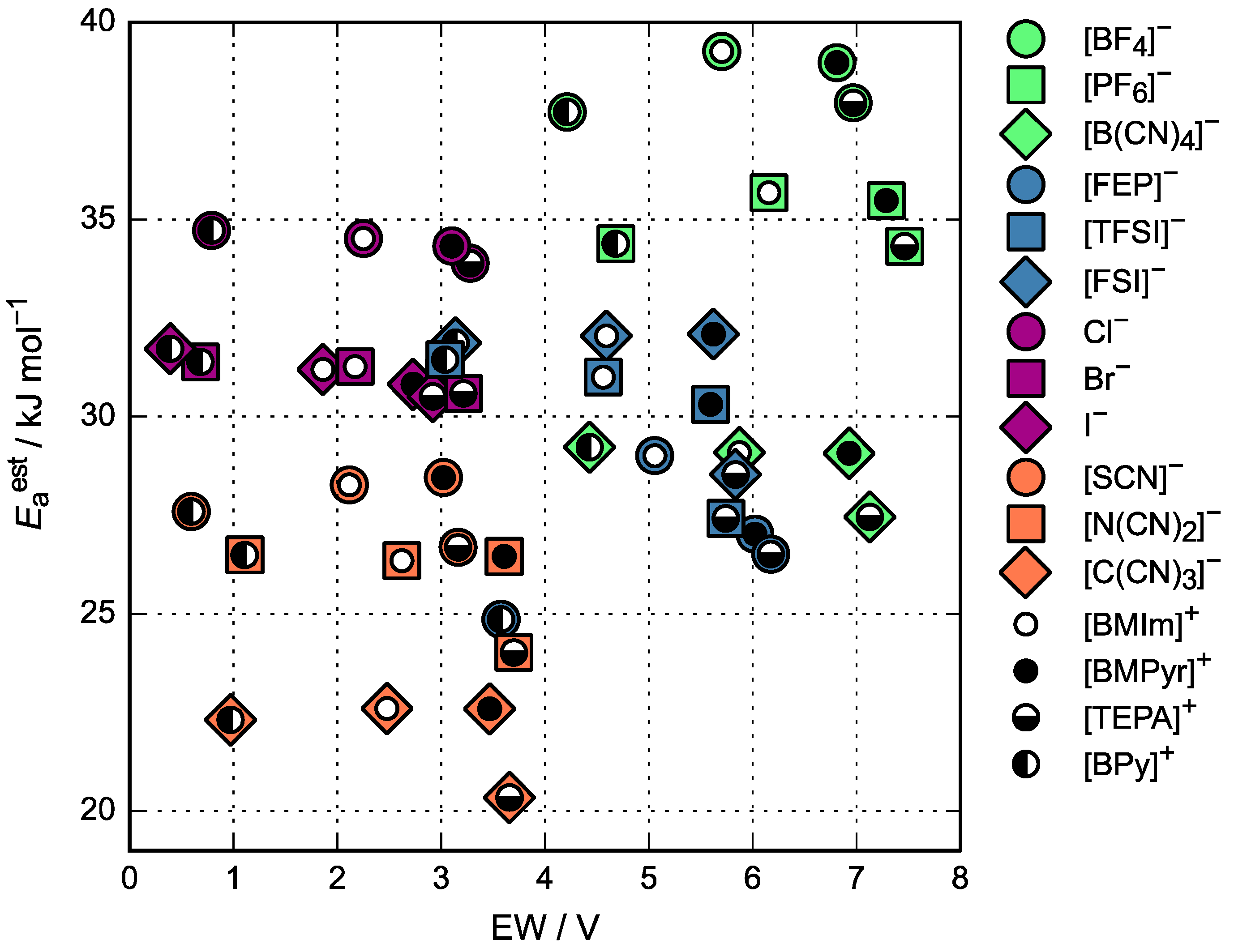Dear Dr. Ivaništšev,
Thank you again for your contribution to the following Special Issue, which has been published in our open access journal Computation (ISSN 2079-3197).
“50th Anniversary of the Kohn-Sham Theory—Advances in Density Functional Theory”
Guest edited by Prof. Dr. Karlheinz Schwarz and Prof. Dr. Agnes Nagy
http://www.mdpi.com/si/computation/50th-anniversary-kohn-sham-theory
All articles can be accessed freely online. For your convenience, we attach below a consolidated table of contents. If you think it appropriate, we invite you to share this message further with your peers.
Table of contents
Darghouth, A.A.M.H.M.; Casida, M.E.; Taouali, W.; Alimi, K.; Ljungberg, M.P.; Koval, P.; Sánchez-Portal, D.; Foerster, D. Assessment of Density-Functional Tight-Binding Ionization Potentials and Electron Affinities of Molecules of Interest for Organic Solar Cells Against First-Principles GW Calculations. Computation 2015, 3, 616-656; doi:10.3390/computation3040616. http://www.mdpi.com/2079-3197/3/4/616
Tao, S.X.; Theulings, A.M.M.G.; Prodanović, V.; Smedley, J.; van der Graaf, H. Optical Properties of Silicon-Rich Silicon Nitride (SixNyHz) from First Principles. Computation 2015, 3, 657-669; doi:10.3390/computation3040657. http://www.mdpi.com/2079-3197/3/4/657
Amovilli, C.; Floris, F.M.; Grisafi, A. Localized Polycentric Orbital Basis Set for Quantum Monte Carlo Calculations Derived from the Decomposition of Kohn-Sham Optimized Orbitals. Computation 2016, 4, 10; doi:10.3390/computation4010010. http://www.mdpi.com/2079-3197/4/1/10
Tkachuk, O.I.; Terebinskaya, M.I.; Lobanov, V.V.; Arbuznikov, A.V. Influence of the Localization of Ge Atoms within the Si(001)(4 × 2) Surface Layer on Semicore One-Electron States. Computation 2016, 4, 14; doi:10.3390/computation4010014. http://www.mdpi.com/2079-3197/4/1/14
Dharma-wardana, M.W.C. Current Issues in Finite-T Density-Functional Theory and Warm-Correlated Matter †. Computation 2016, 4, 16; doi:10.3390/computation4020016. http://www.mdpi.com/2079-3197/4/2/16
Constantin, L.A.; Fabiano, E.; Della Sala, F. Kinetic and Exchange Energy Densities near the Nucleus. Computation 2016, 4, 19; doi:10.3390/computation4020019. http://www.mdpi.com/2079-3197/4/2/19
Civalleri, B.; Dovesi, R.; Pernot, P.; Presti, D.; Savin, A. On the Use of Benchmarks for Multiple Properties. Computation 2016, 4, 20, 20; doi:10.3390/computation4020020. http://www.mdpi.com/2079-3197/4/2/20
Däne, M.; Gonis, A. On the v-Representabilty Problem in Density Functional Theory: Application to Non-Interacting Systems. Computation 2016, 4, 24; doi:10.3390/computation4030024. http://www.mdpi.com/2079-3197/4/3/24
Tsuneda, T.; Maeda, S.; Harabuchi, Y.; Singh, R.K. Orbital Energy-Based Reaction Analysis of SN2 Reactions. Computation 2016, 4, 23; doi:10.3390/computation4030023. http://www.mdpi.com/2079-3197/4/3/23
Karu, K.; Ruzanov, A.; Ers, H.; Ivaništšev, V.; Lage-Estebanez, I.; García de la Vega, J.M. Predictions of Physicochemical Properties of Ionic Liquids with DFT. Computation 2016, 4, 25; doi:10.3390/computation4030025. http://www.mdpi.com/2079-3197/4/3/25
Juarez, F.; Soldano, G.; Santos, E.; Guesmi, H.; Tielens, F.; Mineva, T. Interaction of Hydrogen with Au Modified by Pd and Rh in View of Electrochemical Applications. Computation 2016, 4, 26; doi:10.3390/computation4030026. http://www.mdpi.com/2079-3197/4/3/26
Glushkov, V.; Levy, M. Highly Excited States from a Time Independent Density Functional Method. Computation 2016, 4, 28; doi:10.3390/computation4030028. http://www.mdpi.com/2079-3197/4/3/28
Sahni, V.; Pan, X.-Y.; Yang, T. Electron Correlations in Local Effective Potential Theory. Computation 2016, 4, 30; doi:10.3390/computation4030030. http://www.mdpi.com/2079-3197/4/3/30
Schmidt, T.; Kümmel, S. The Influence of One-Electron Self-Interaction on d-Electrons. Computation 2016, 4, 33; doi:10.3390/computation4030033. http://www.mdpi.com/2079-3197/4/3/33
Acharya, S.R.; Turkowski, V.; Rahman, T.S. Towards TDDFT for Strongly Correlated Materials. Computation2016, 4, 34; doi:10.3390/computation4030034. http://www.mdpi.com/2079-3197/4/3/34
Schwarz, K.; Sham, L.J.; Mattsson, A.E.; Scheffler, M. Obituary for Walter Kohn (1923–2016). Computation2016, 4, 40; doi:10.3390/computation4040040. http://www.mdpi.com/2079-3197/4/4/40
Nagy, Á.; Schwarz, K. Special Issue “50th Anniversary of the Kohn–Sham Theory—Advances in Density Functional Theory”. Computation 2016, 4, 45; doi:10.3390/computation4040045. http://www.mdpi.com/2079-3197/4/4/45
Best regards,
Ms. Lei Chen
Assistant Editor
Computation (ISSN 2079-3197; http://www.mdpi.com/journal/computation) is a journal published by MDPI AG, Basel, Switzerland. Computation maintains rigorous peer-review and a rapid publication process. All articles are published with a CC BY 4.0 license. For more information on the CC BY license, please see: http://creativecommons.org




